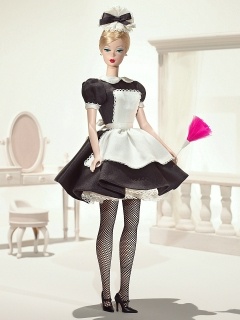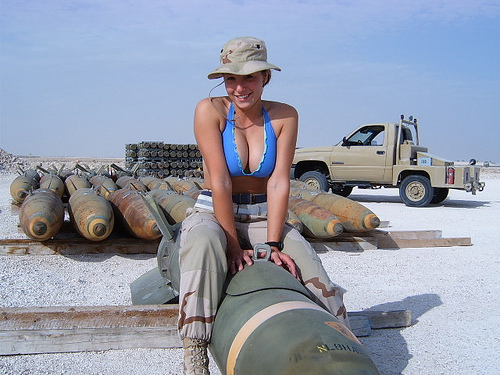

The Skin of Our Teeth
Portage High School Auditorium
Portage High School
Portage, WI
Feb. 2009
Scenic Design
by Anne Horjus
Costume Design
by Judy Kruger and Barbara Church
Lighting Design by Patrick Strain

Selected research images:
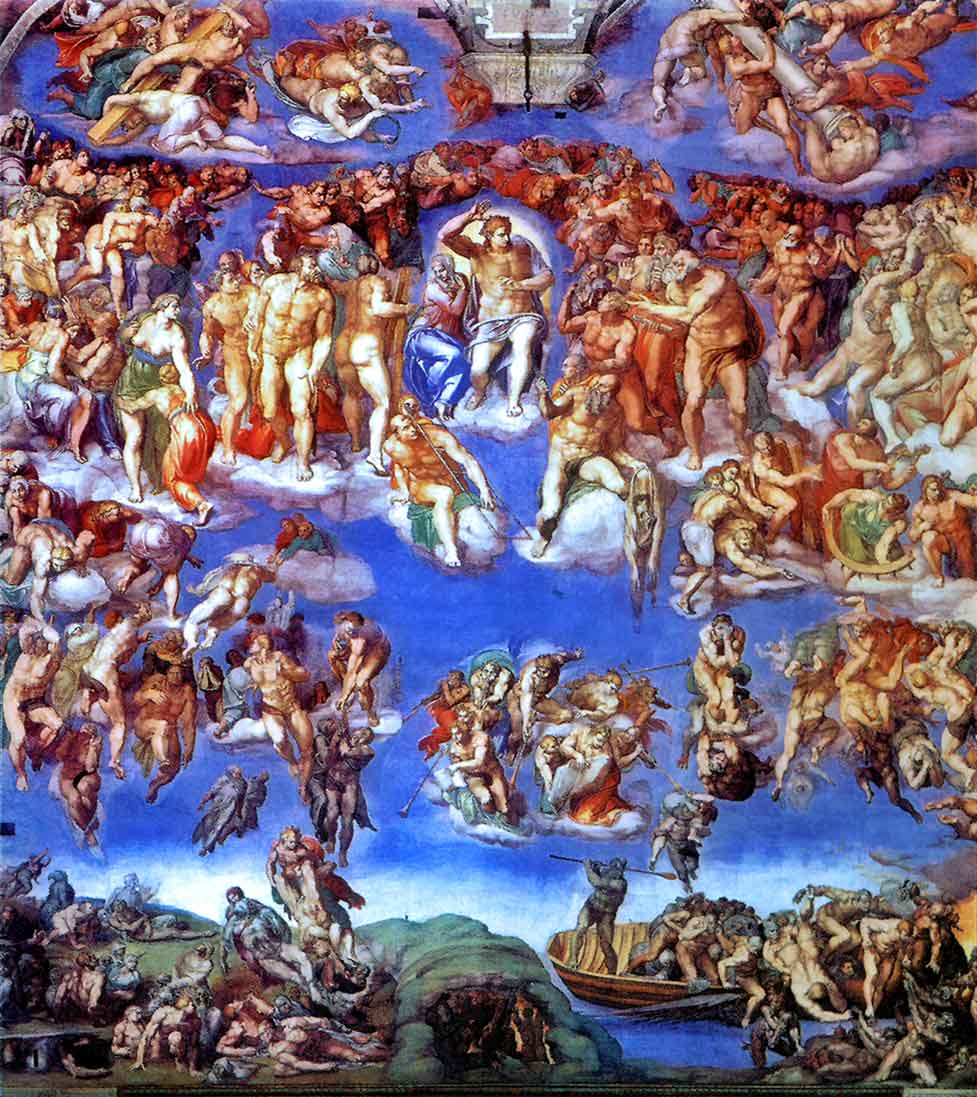 |
 |
|
|---|---|---|
Michelangelo painting - this is "realistic" version of the scope of this play. |
This is more the flavor of this play - surreal - yet the scope is similar to the Michelangelo work. |
|
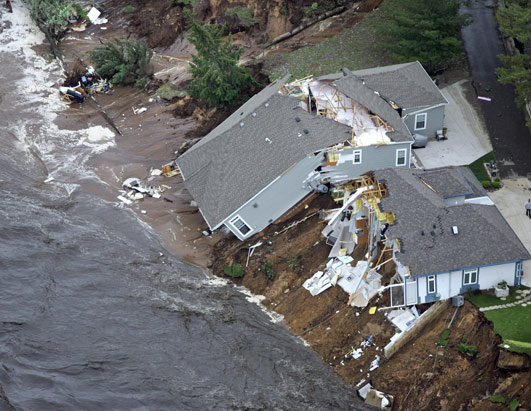 |
||
Act 2 inspiration - the previous year's flook in Wisconsin Dells. |
The icon of Wisconsin Dells - the Duck |
|
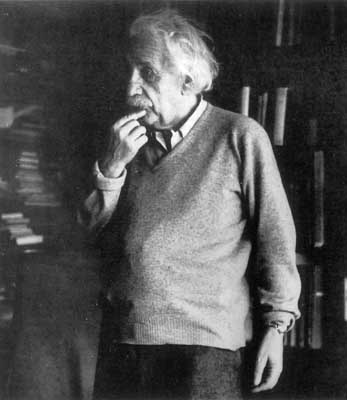 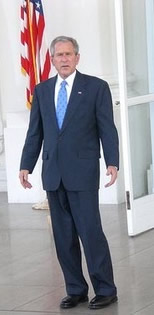 |
|
|
Antrobus the thinker (Act 1) and the president (Act 2) |
Sabina the maid (Act 1), the beauty pageant winner (Act 2), and the soldier follower (Act 3) |
|
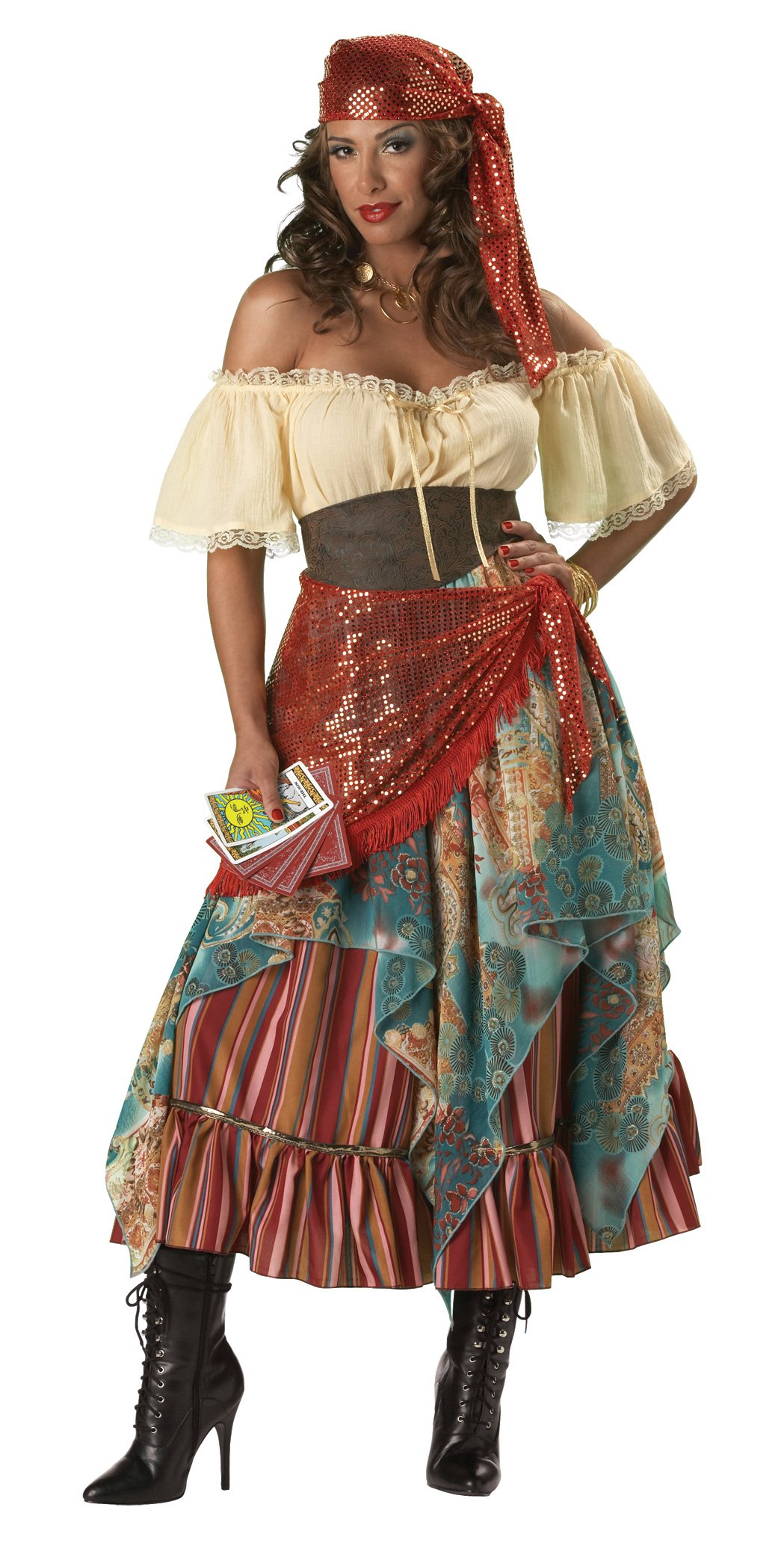 |
  |
|
The Fortune Teller |
The dinosaur and the mammoth of Act 1. |
|
 |
||
Mardi Gras - Act 2 party of which Antrobus wants to be a part. |
Production Photos:
Act 1 - Sabina addresses the audience, animals on the couch, Mr. Antrobus behind.
Act 1 - Sabina's introduction at Mr. Antrobs
Sabina flirts with Mr. Antrobus as Gladys and Henry look on.
A storm cloud hovers over the scene as Sabina checks in with the Fortune Teller as Mr. Antrobus enjoys his solice.
The use of the video feed is visible here as Mrs. Antrobus gears up to lay into Mr. Antrobus and Sabina.
Mrs. Antrobus takes control of Sabina, after puting Henry down to sleep.
Henry pleads with or dares Mr. Antrobus to shoot him.
Production Notes: (Boy, this one got long.) For the first time in several years I had the joy to direct a play that I had not worked on previously in any capacity. So, for someone worried that I only direct things I've worked on before (or written), this show provides a good insight into my creative process.
Here's a bit from my Director's Note: When Wilder premiered this play in 1942, he felt theatre was too soothing, too mild-manner, too codling of the middle class. As he put it in his introduction to Three Plays, “The tragedy had no heat; the comedy had no bite; the social criticism failed to indict us with responsibility.” Wilder also wrote pre-post-modernism (if I can say that). He believed in using allusions to past work that he assumed his audiences knew. He assumed everyone knew their Bible – Cain and Able, Noah and the Flood, and on down the line. He assumed the audience knew about Cassandra, the Greek prophet who was doomed to always speak the truth, but never be believed. So The Skin of Our Teeth is chuck full of allusions to other, older, respected works – what we used to call the canon of literature. But, I fear, we’ve lost that. We don’t have a canon of literature we all draw on. The very idea of defining a group of artistic works as THE canon of literature is anathema to our disparate, IMing, texting, blogging and twittering lives. So Wilder and I are old school. But listen to the characters. Listen for their fears and worries and hopes and dreams, and I think in them you will find your…no, OUR fears and worries and hopes and dreams.
I read a fair amount of commentary and summary about this play, old and new, and I hate to say it, but I think they're all wrong. They talked about how this play is just allegorical and the characters are flat and stereotypes and not fully developed and how so much just doesn't make sense, so just do the best you can and hope for some laughs. OK...there's a Mammoth in Act 1 and the leads are both the Antrobuses and Adam and Eve. I'm not saying it's Neil Simon. But I will stand firmly behind the statement that these characters are fully developed, go through an arch of development, are different at the end than they are at the start (even though the end IS the beginning) and are deeply complex and actable on a very real level. Do they represent a larger group of people? Sure, but show me a good play that the lead characters don't. So my basic approach to this surreal bit of drama, was to keep it honest. The same way the best jokes are told by someone who doesn't let on that they know the story is funny, I think the best way to approach the absurdity of this play is to simply not give it a second thought and play the action. Stick to basics - what does Mr. Antrobus want? What does Mrs. Antrobus want? Sabina? Well, I'm not going to answer those questions - this isn't a grad school disertation after all, but therein lies the crux of this play. My production may not have been as funny as some, but it definitely had heat and bite.
So, one major decision was transplant the show to Wisconsin. Why? Theatre is, above all other art forms, malleable by way of time and place. We should form the production to the presentation location as much as makes sense. What does Act 2's location of "Atlantic City" mean to modern Wisconsinites? Not much. Does it convey a place of sin? Not really. Vegas would be a logical transplant - or New Orleans - probably moreso in many ways, but the year previous Wisconsin Dells suffered a great flood that did great damage to the area, and what happens at the end of Act 2? The deluge. So, I decided our den of iniquity would be the pox o' the Midwest interstate traveller - the Dells. Which put our Act 1 and 3 location into nearby Excelsior Township (there really is one not far from here). So, our "conveeners" and "drum majors" of Act 2 become simply party goers in a Mardi Gras sort of way. Given Katrina's recent asault on New Orleans and it's intimations of Divine reproach for the flagrant violation of morality, this Mardi Gras atmosphere (with beads and feathers, etc) created an odd feeling of double doom to the Dells location. Mr. Antrobus is constantly wandering, especially away from the Mrs, and the kids are meandering around as well, experimenting with what they can get involved in. Are the Dells a true den of iniquity? Not really, but they are the regional convention leader (another staple of Act 2). And when images of the Lake Delton flood flashed across the screen in the end of Act 2, people audibly gasped.
So, in working with the scene designer, there was another decision - what to do with this stuff about flying scenery? Not so much because it's strange or whatnot, but simply we don't have flyspace. It seems that what Wilder was trying to do was to keep his audience, not unlike Brecht and his placards, from getting too emotionally attached to the show - keep reminding them it's a play so they can keep their grey matter engaged. I'm not convinced this approach has the desired effect - most people, it seems to me, get annoyed or distracted by it and miss what's going on - but this is educational theatre and we may as well give it a go. So instead of the flying sections, we allowed our stage hands to come on throughout the show and move stuff around - take off a section of window, remove a fence section, pull on a cloud - that kind of thing. So in Act 1 we start with a house, disjointed and askew, and almost immediately begin to deconstruct it. This goes on throughout the show - pieces in, pieces out - until at the end of Act 3 we have restored everything to what it was when the curtain opened.
And now to the meat of it. For me, the play is about three threats to humanity, depicted in miniature in this family, or perhaps more accurately, the three threats to humanity that enter through the family. Act 1's threat is lack of compassion or selfishness. There is the enviromental threat, but that is not what threatens the family most - they can survive. No, it is Mrs. Antrobus's stance, at first, to not share with those less fortunate. The threat that will push Antrobus to abondon his (and thus his family's and thus humanity's) will to live is not being able to reach out to those around him. Act 2's threat is the threat of infidelity. The overt threat is the storm, yes, but as Noah knew, the storm was a REaction, no the Action. Antrobus being unfaithful to his wife, forgetting the marriage vow, which is being acted out in earnest by just about everyone behind the scenes is what threatens humanity. Act 3's threat is the threat of vengence, overcome by mercy, mostly between Antrobus and Henry. The war is not the threat. The war is over. The threat is not addressing Henry's displaced need for love, and once the violence is abated, vengence will not bring about peace - only forgiveness.
What else? We used a bit of video. To start with, we needed to. In place of the slide show, we had a PowerPoint presentation (nothing earth shattering about that),But since we had to use it once, you might as well make lemonade. So, we used the video to present images of the Dells during Act 2 (kind of like the non-stop billboards that fill up the Midswest interstate system) and then the ubiquitous footage of the Lake Delton flooding, complete with watching a house go down the river as the Antrobuses head to the ark. The video also allowed a bit of "iReporter-ish" video to the President (and his wife's) speeches (whereby we can peek at Antrobus flirting with the female broadcaster) as well as a couple other moments in the show that serve as a double vision to the witness. All this visual stimulus also makes the third act, with it's relative stillness and darkness, seem doubly so - there is no slideshow that starts Act 3; the eye candy is gone.
Lastly, a brief word about the role of Henry/Cain. Through a quirk of casting, the best guy for the role was a girl. High schools are notorious for not having enough boys to cover all the male roles, we were no exception, and I had a girl who was willing to step up to this acting challenge. It took a bit of work to get her physicality and vocality to be right for the role, but that's par for the course with high school acting. I heard people who were familiar with the show say they were actually disappointed when they read in the program Henry was going to be played by a girl, that there was no way a girl could do the role justice. They said they were wrong, that she not only carried the role, but made it real. It necessitated a bit of reworking Henry's soliloqui in Act 3, and though it provided an interesting comentary on sexual roles, it's not a change I encourage, but again, sometimes you play the cards you're dealt, you bluff a bit and win the pot.
Here's a link to what I call my Character Spreadsheet, for those who might be interested in seeing it. It is one of those handy tools I use for tracking who's where in a play - it's just a spreadsheet that easily reveals French Scenes. And this is my Scene Spreadsheet, which really tracks just about everything in the play - at least while I'm in the planning stage. I'm a bit OCD about these, but they do help.
